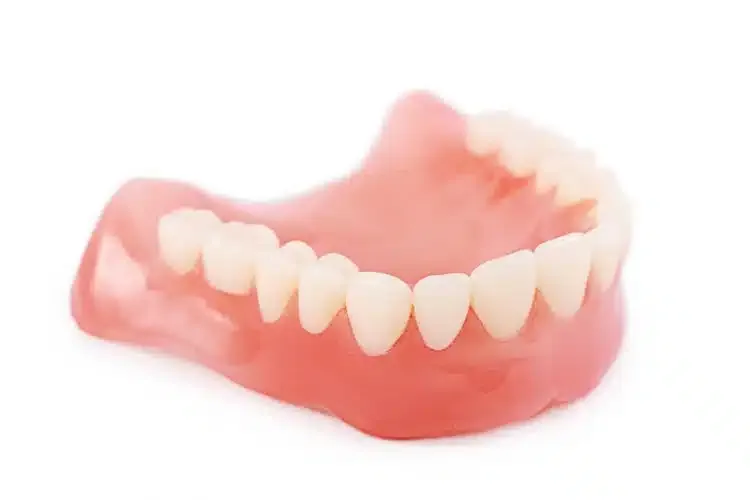Removable dental prosthetics have been a cornerstone in dentistry for decades, providing patients with effective solutions for missing teeth. From partial dentures to complete dentures, removable prosthetics offer flexibility, functionality, and aesthetics. This article explores the various types of removable dental prosthetics, the materials used in their fabrication, and the essential role of dental laboratories in creating customized, comfortable solutions for patients.
Types of Removable Dental Prosthetics:
- Partial Dentures:
- Partial dentures are designed to replace one or more missing teeth in a dental arch.
- These prosthetics typically consist of a metal or acrylic framework supporting artificial teeth, with clasps for attachment to natural teeth.
- Complete Dentures:
- Complete dentures are utilized when all natural teeth in an arch are missing.
- They can be conventional (placed after the remaining teeth are extracted and the tissues have healed) or immediate (placed immediately after tooth extraction).
- Overdentures:
- Overdentures are removable prosthetics that fit over retained natural teeth or dental implants.
- The retained teeth or implants provide stability and support for the denture.
Materials Used in Removable Prosthetics:
- Acrylic Resin:
- Acrylic resin is a common material for the base of removable dentures.
- It is lightweight, durable, and can be easily adjusted for comfort.
- Metal Alloys:
- Partial dentures often incorporate metal alloys, such as cobalt-chromium or titanium, for added strength and stability.
- Flexible Materials:
- Some removable partial dentures utilize flexible materials like thermoplastics, providing a more comfortable and aesthetic alternative to traditional rigid frameworks.
The Dental Laboratory Process:
- Impression and Model Fabrication:
- The dental laboratory process for removable prosthetics begins with the receipt of an accurate impression from the dentist.
- A model is created to replicate the patient’s oral structures.
- Framework Design:
- For partial dentures, technicians design a metal or flexible framework that fits the contours of the patient’s mouth.
- Complete dentures involve designing the base that supports the artificial teeth.
- Teeth Selection and Arrangement:
- Choosing the appropriate size, shape, and color of artificial teeth is a crucial step in achieving a natural and aesthetic appearance.
- Technicians arrange the selected teeth on the framework according to the patient’s unique characteristics.
- Try-In and Adjustments:
- Patients undergo a try-in phase to assess the fit and aesthetics of the removable prosthetic.
- Adjustments are made as necessary to ensure comfort and functionality.
- Final Fabrication and Polishing:
- Once the patient and dentist approve the try-in, the final prosthetic is fabricated.
- Polishing and finishing touches are applied for a smooth and aesthetically pleasing surface.
The Role of Dental Laboratories:
Dental laboratories are instrumental in the creation of high-quality removable dental prosthetics. Skilled technicians, equipped with a deep understanding of biomechanics and aesthetics, collaborate with dentists to ensure that each prosthesis is custom-made to meet the unique needs of the patient. The iterative process of try-in and adjustments is crucial in achieving optimal comfort and functionality.
Conclusion:
Removable dental prosthetics continue to be a versatile and essential part of modern dentistry, offering patients flexibility and effective solutions for missing teeth. Dental laboratories, with their skilled technicians and advanced technologies, play a pivotal role in the fabrication of removable prosthetics that not only restore functionality but also enhance the quality of life for those in need of tooth replacement. As the field continues to evolve, the collaboration between dental professionals and laboratories remains key to delivering personalized and comfortable removable dental solutions.

